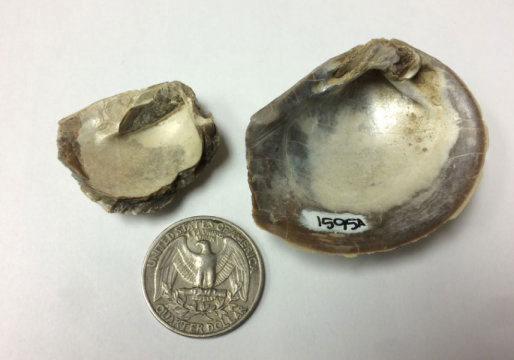 July 5, 2016 - A new reconstruction of Antarctic ocean temperatures around the time the dinosaurs disappeared 66 million years ago supports the idea that one of the planet's biggest mass extinctions was due to the combined effects of volcanic eruptions and an asteroid impact.
July 5, 2016 - A new reconstruction of Antarctic ocean temperatures around the time the dinosaurs disappeared 66 million years ago supports the idea that one of the planet's biggest mass extinctions was due to the combined effects of volcanic eruptions and an asteroid impact.
Two University of Michigan researchers and University of Florida colleague Andrea Dutton found two abrupt warming spikes in ocean temperatures that coincide with two previously documented extinction pulses near the end of the Cretaceous Period. The first extinction pulse has been tied to massive volcanic eruptions in India, the second to the impact of an asteroid or comet on Mexico's Yucatan Peninsula.
Both events were accompanied by warming episodes the team found by analyzing the chemical composition of fossil shells using a recently developed technique called the carbonate clumped isotope paleothermometer.
Nature Communications Journal Article
University of Michigan News Release
Image caption: The preservation of Cretaceous mollusk fossils from Seymour Island is excellent, with shells preserving original mother-of-pearl material as in these two specimens of Eselaevitrigonia regina. Image credit: Sierra V. Petersen











